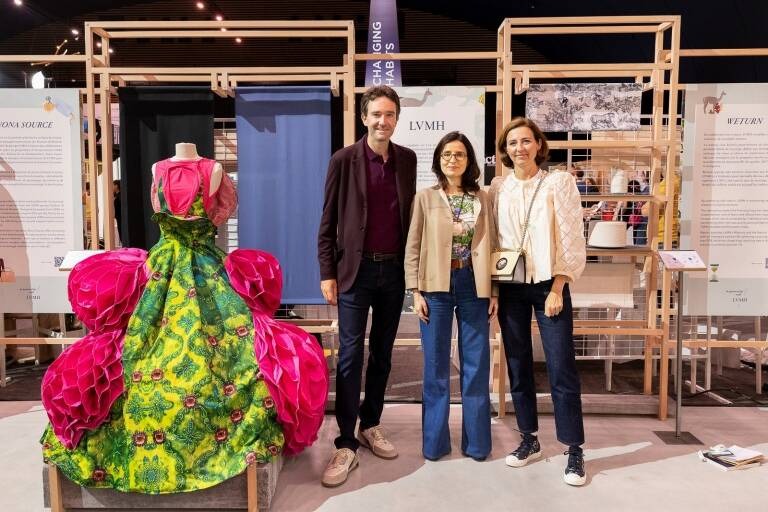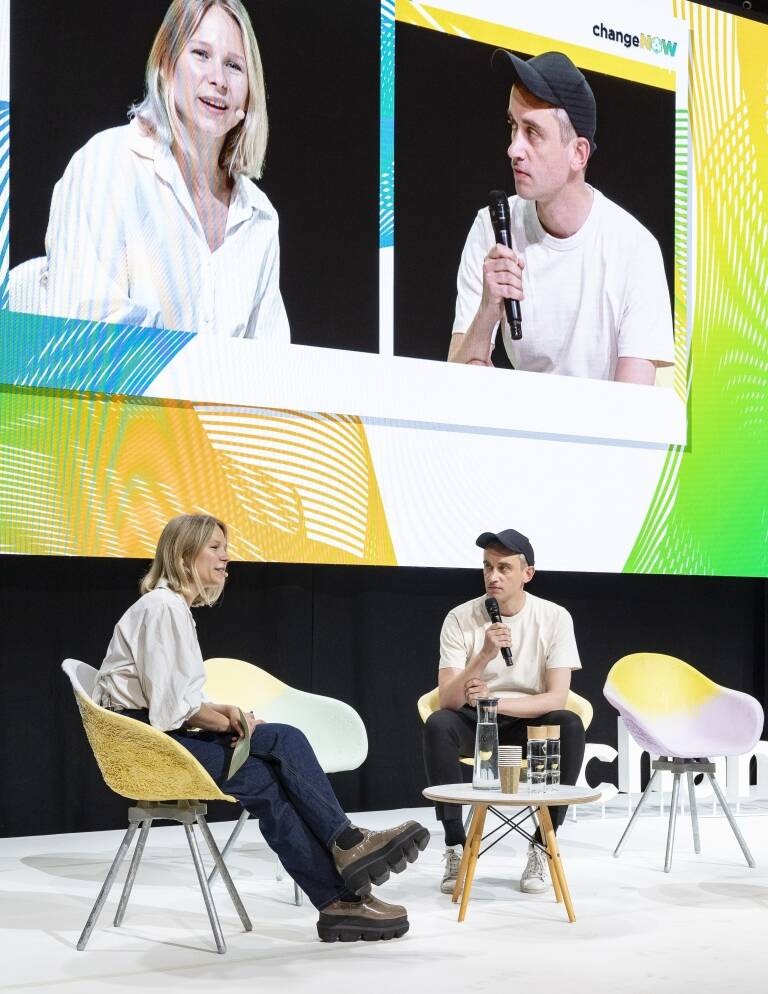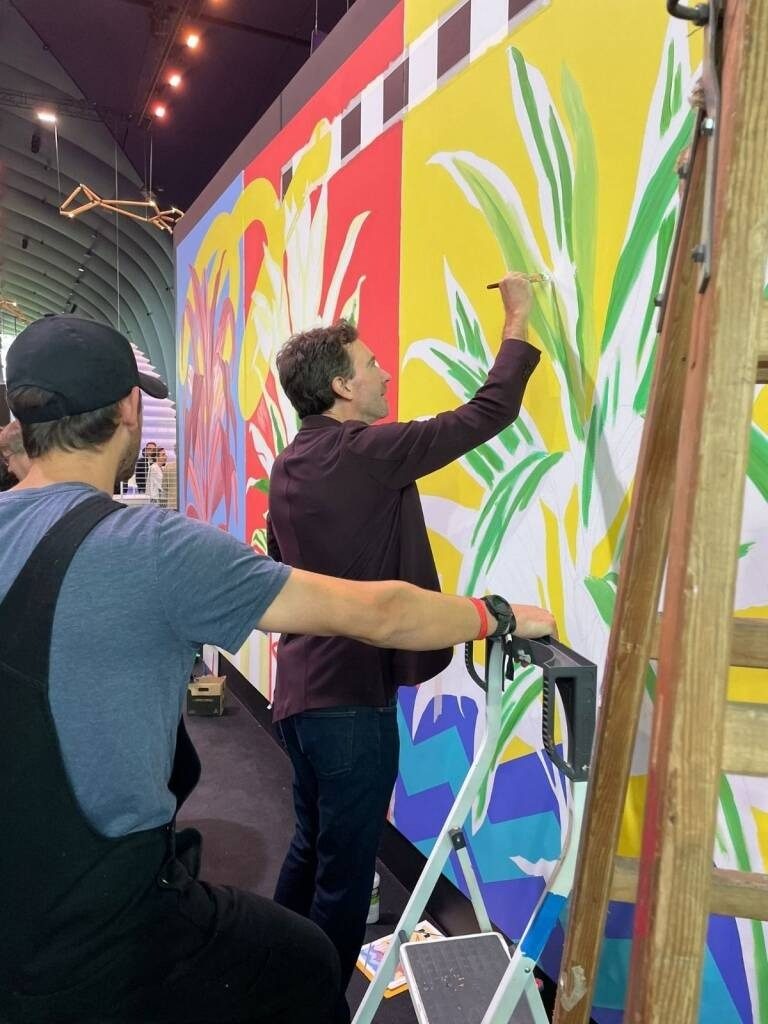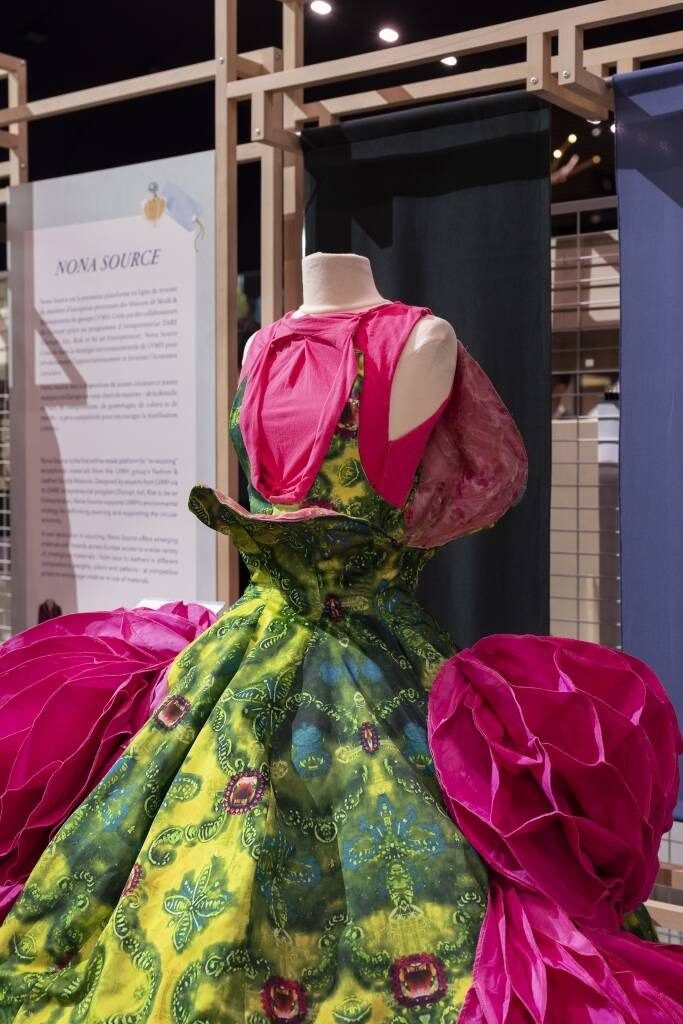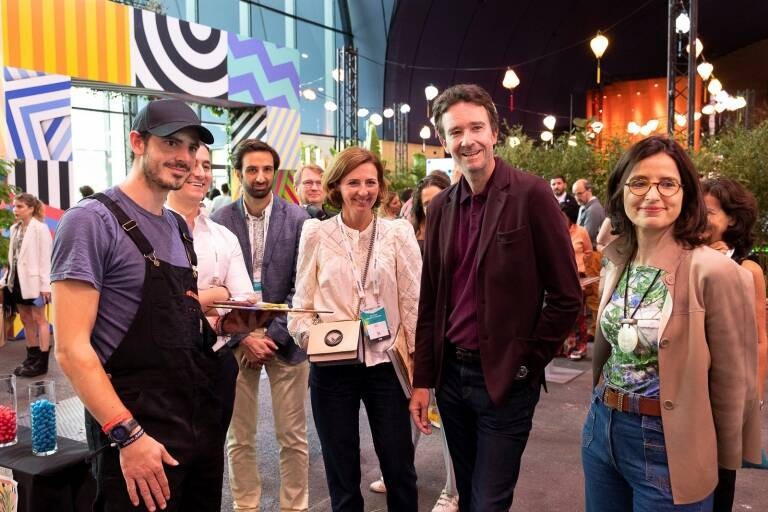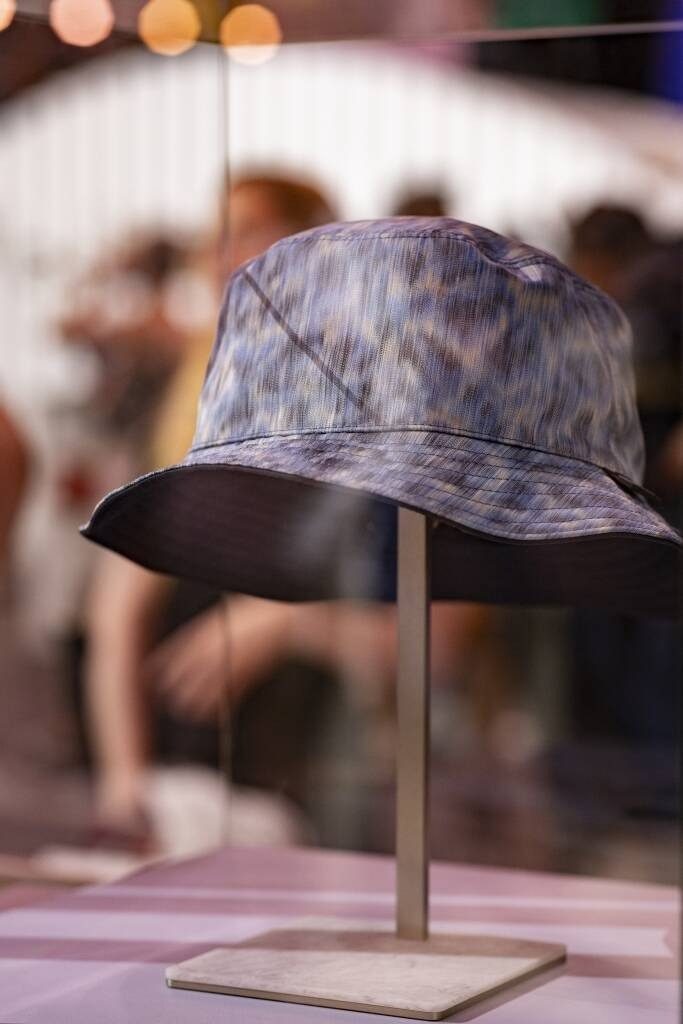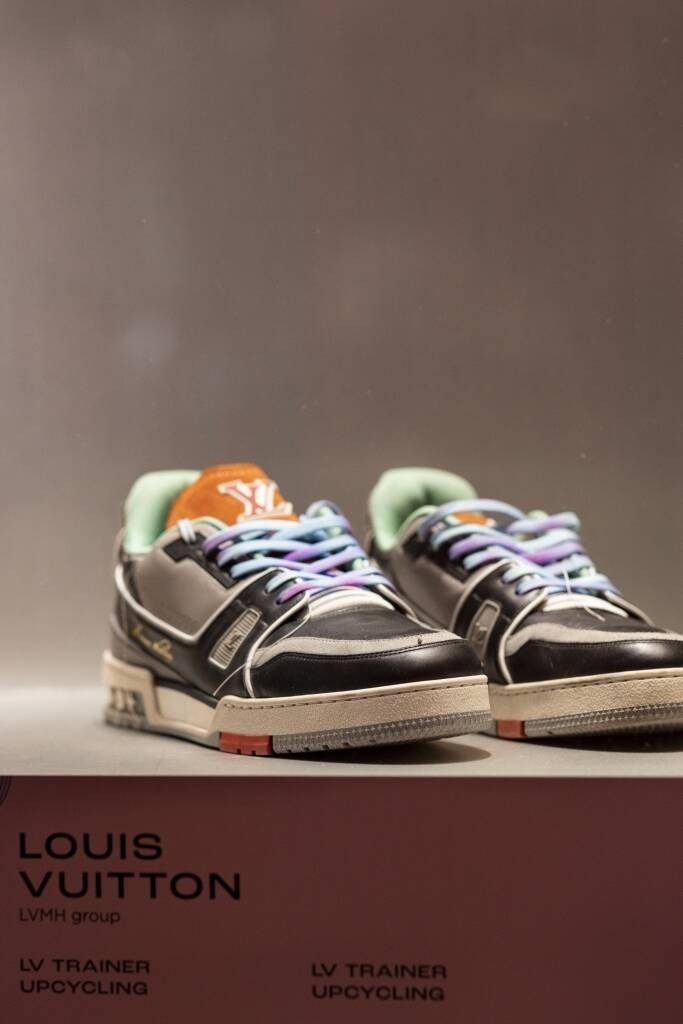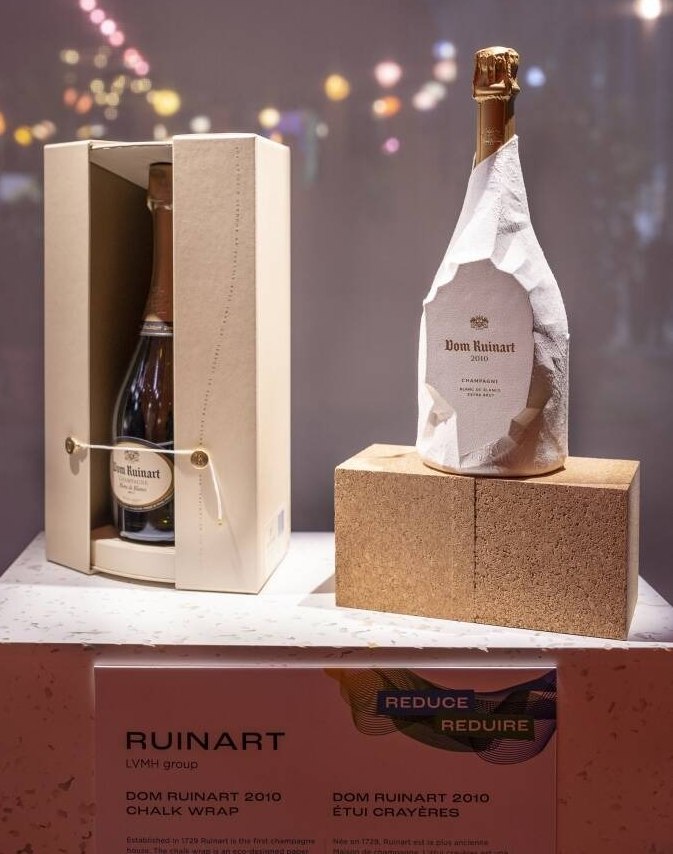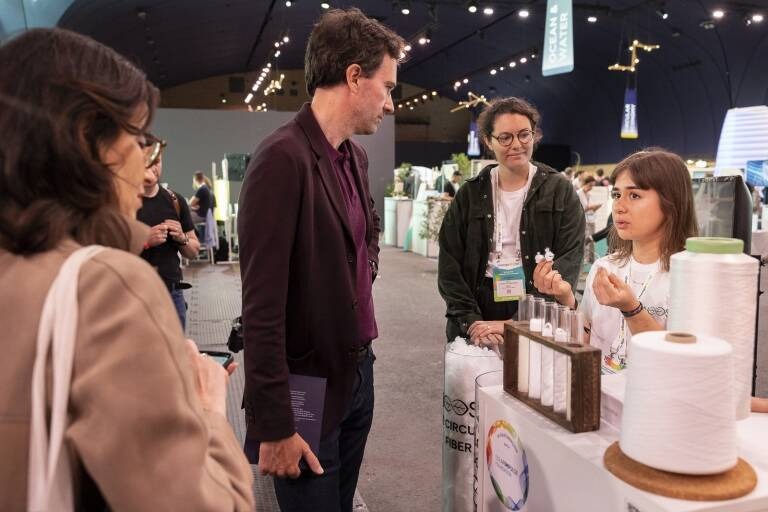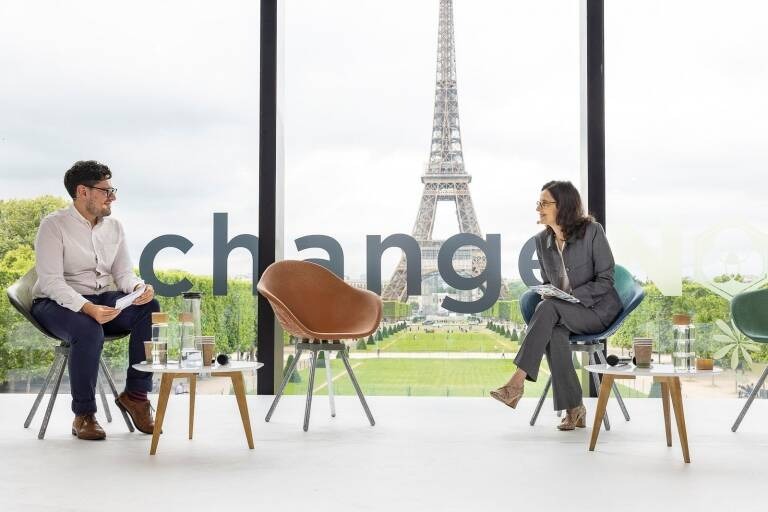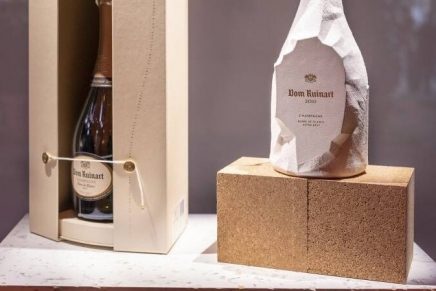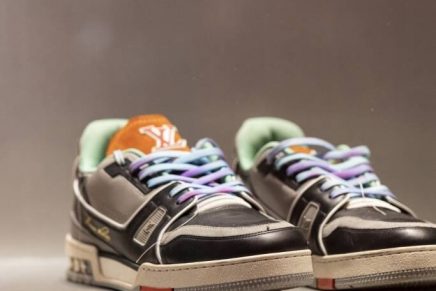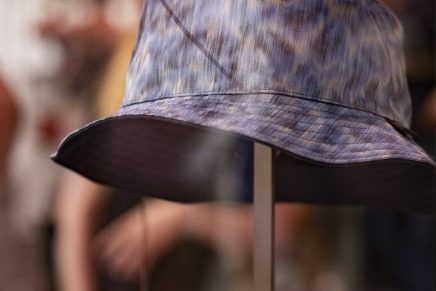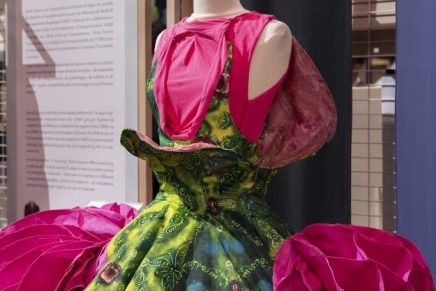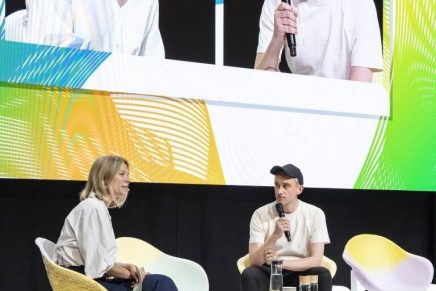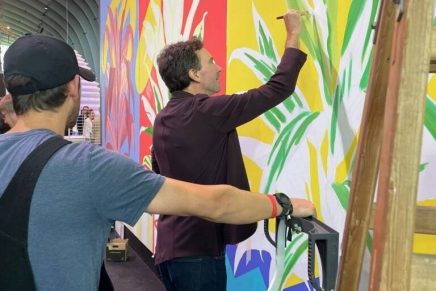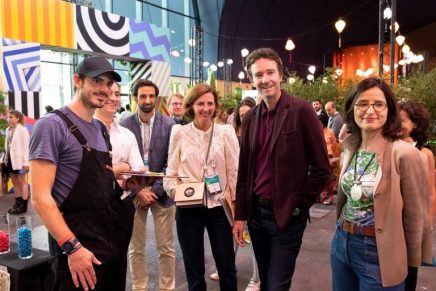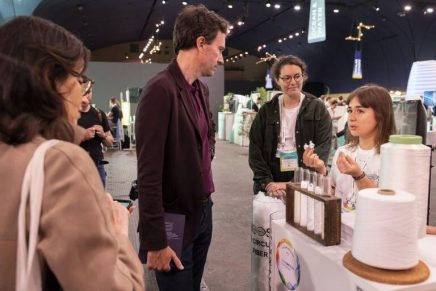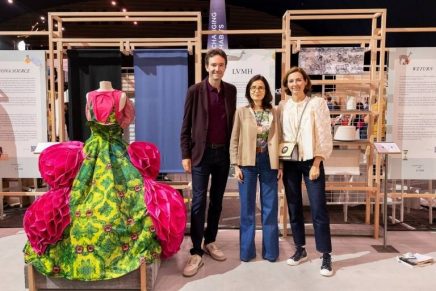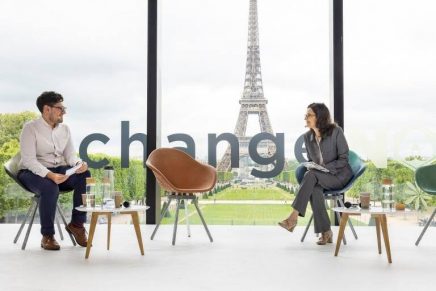What are circular economy initiatives in the luxury sector.
LVMH highlighted its circular economy initiatives at 2022 ChangeNOW summit, the world’s largest gathering of innovations for the planet.
On the occasion of 2022 ChangeNOW, the annual international summit held from May 19 to 21 at the Grand Palais Ephémère in Paris, where LVMH luxury Group was a strategic partner, LVMH featured some of its initiatives fostering the environment.
Circular economy is a major focus of LIFE 360, the luxury group’s environmental program. It gives rise to numerous innovations, often alongside partners committed to designing, upstream of the finished product, its recycling, reuse or re-employment in different categories of materials or objects.
In the context of this event, LVMH participated in several notable and widely attended conferences:
- Hélène Valade, Environmental Development Director, LVMH: “Biodiversity Footprint: Measure and Act”;
- Guillaume Henry, Artistic Director, Patou; “Impactful by Design”;
- Sandrine Sommer, Chief Sustainability Officer, Moët Hennessy: “Regenerative Agriculture”;
- Louise Bryden, oenologist, Ruinart: “Forests Regeneration and Biodiversity Preservation”.You can find the replays of these different highlights on our partner page on the ChangeNOW website (https://www.changenow-summit.world/paris-2022/en).
It was as well an opportunity for Antoine Arnault, Image and Environment, LVMH, visiting the venue, to discuss with project leaders and innovative solutions.
The luxury Group’s 75 Maisons represent an incredible playing field to explore new avenues for circularity between its businesses, some of which were exhibited on LVMH’s pavilion or in the dedicated gallery to circular economy:
The use of Nona Source fabrics by London School of Art and Design, Central Saint Martins, UAL, and Benjamin Benmoyal
Nona Source is the first online resale platform for “re-sourcing” exceptional materials from the LVMH group’s Fashion & Leather Goods Maisons. Designed by experts from LVMH via its DARE intrapreneurial program (Disrupt, Act, Risk to be an Entrepreneur), Nona Source supports LVMH’s environmental strategy by rethinking sourcing and supporting circular economy. A real revolution in sourcing, this solution offers emerging creatives and brands across Europe access to a wide variety of prestigious materials – from lace to leathers in different compositions, weights, colors and patterns – at competitive prices to encourage creative re-use of materials.
The partnership with weturn:
Thanks to weturn, LVMH luxury group is completing its range of creative circularity solutions. The startup has created the first recycling chain dedicated to unsold textiles, rolls of fabric and offcuts from major fashion houses, which are all protected by intellectual property, by transforming them into new quality yarns and fabrics that are 100% traceable and European-made. Weturn provides LVMH’s Maisons and the fashion industry with an innovative solution for achieving recycling rates of over 50%, while the closed-loop recycling rate in the textile industry is currently less than 1%.
Christian Dior Couture’s collaboration with Parley for the Oceans
Dior’s “Beach Capsule” collection is the result from a collaboration that began with a joint research project in 2019. It is designed from Parley Ocean Plastic – a material created from upcycled marine plastic debris and fishing gear recovered from coastlines and remote islands around the world (e.g., the Maldives, the Dominican Republic or Sri Lanka), and engineered into high performance materials.
Virgil Abloh’s “LV Trainer Upcycling” for Louis Vuitton
Louis Vuitton developed its circular creative production process with a sustainable upcycling strategy aiming to optimize the use of existing materials. The Maison is committed to imagine innovative creative circularities to further extend the sustainability of Louis Vuitton products.
68% of its products raw materials have an environmental certification. 90% of the decorations of the fashion shows and exhibitions are recycled or reused. The objective by 2025 is to commit 100% of its products to an eco-design approach and by 2030 to achieve a 55% reduction of its carbon emissions.
Ruinart’s second skin
Ruinart’s chalk wrap is an eco-designed paper envelope sublimating the cuvée Dom Ruinart. Two years of R&D were necessary to recreate a shape and texture evoking the Maison chalk cellars where the wine ages, yet ensuring full adherence to the bottle. Recyclable and 11 times lighter than the previous gift boxes, the chalk wrap contributes to a carbon footprint reduction of 62%.
Ruinart makes eco-design and local procurement a priority for the manufacture of its packaging.
Finally, LVMH supported street artist Tim Zdey in his participatory installation “The Wall of Change” – turning a blank canvas into a cocreated giant wall, painted live as people commit to more sustainable behaviors.

